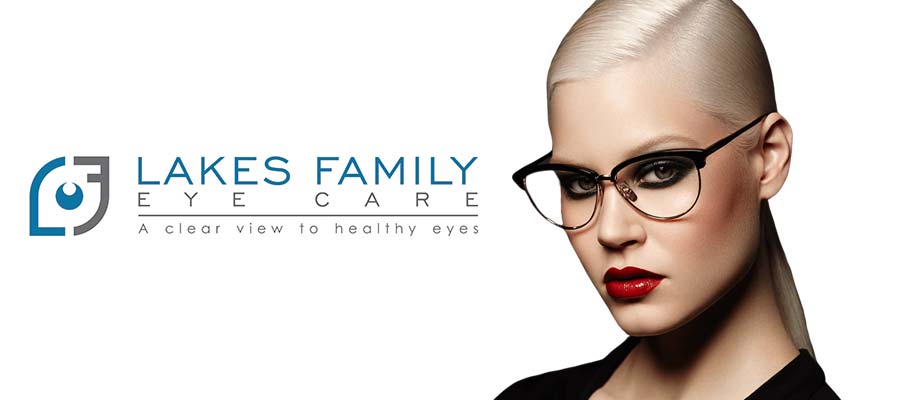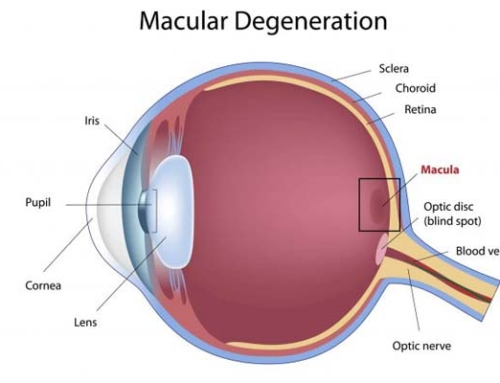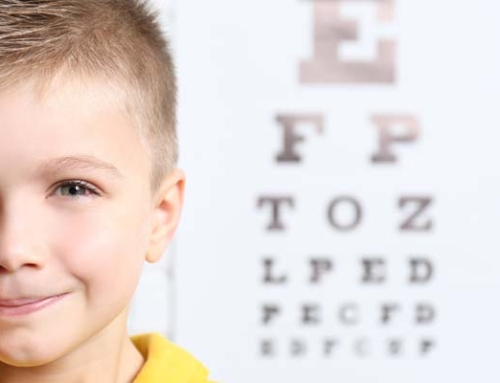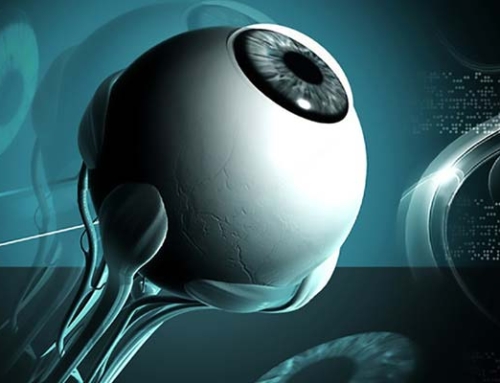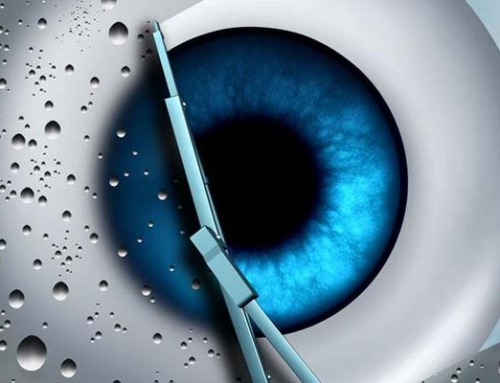Ever wonder how and when our eyes develop? Eyes begin to develop in the human embryo from the third week to the tenth week and involve cells of ectoderm (outermost germ layer of the embryo) and mesoderm (middle germ layer of the embryo). The eye is the most complex organ in the human body that takes years to develop completely. The main function of the eye is to focus the light from an object and converts it into electrical signals that are conveyed to the brain through millions of neurons.
First of all, an outgrowth develops on both sides of the forebrain known as optic groove. The two grooves on both sides of the forebrain transform into the optic vesicles during the fourth week of pregnancy. These optic vesicles come in contact with surface ectoderm and form the optic cup. The optic cup consists of two layers of cells. The outer layer of the optic cup contains the pigment granules and forms the pigmented epithelium of retina while the inner layer forms the neural retina. These two layers are often separated by a space called intraretinal space that usually disappears in the newborn eyes. During the invagination of optic cup thickening of the surface, the formation of lens placodes on both the sides of the forebrain happens. These lens placodes give rise to the lens of the eyes. At the bottom of the optic vesicle, a groove known as choroid fissure is present through which the blood vessels enter the eye. The fusion of the choroid fissure lips at the end develops into the pupil. The neuroectoderm gives rise to the retina, which is an innermost layer of the eye which is sensitive to light, and the optic nerves that function to transform visual signals from retina to brain. The surface ectoderm forms covering of eyelid and epithelium of the cornea. The mesoderm forms few muscles of eye and lining of blood vessels in the eye. Whew, that was a lot of info.
At birth the baby is very sensitive to the bright light as the size of their pupil is too small that limits the amount of light entering their eyes. A newborn can see the objects next to them as their central vision is still at the developmental stage. Within a few weeks, their retina begins to develop and their pupils widen and can visualize light and dark patterns. For the first few months baby’s eyes learn to work together and get used to visualizing the moving objects. Eye and hand coordination also begins to develop. At the fifth month of their life baby can access how far is the object from them. At this time they can develop good vision and can see the world in three dimensions. At this stage, they can recognize their parents and develop a color vision to see the objects across the window outside. From the eight-month, the baby learns to crawl and develops hand-eye coordination. They can now judge the distance with precision and can hold the small distant objects. As sight is a learned process just like walking and talking, parents must play an important role in the child’s visual development.
I am not surprised that so much goes into making these miracles. The ability to see and experience the world is a sense many people take for granted. Please visit your eye doctor regularly, and make your eye exams part of your yearly physical exam.

